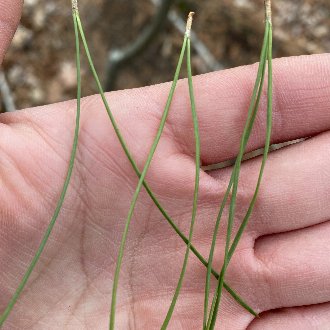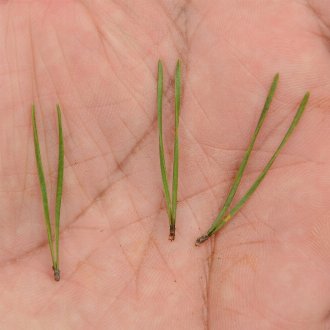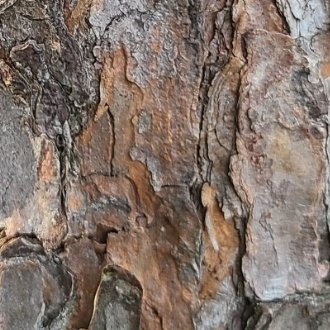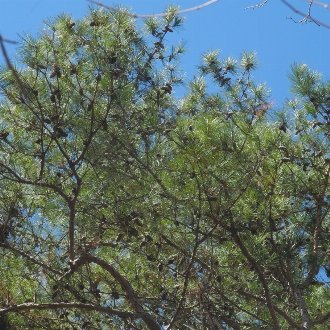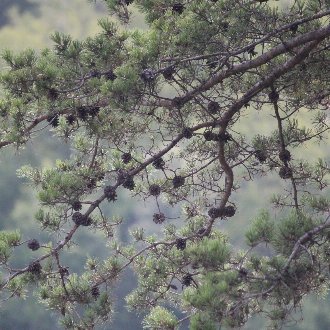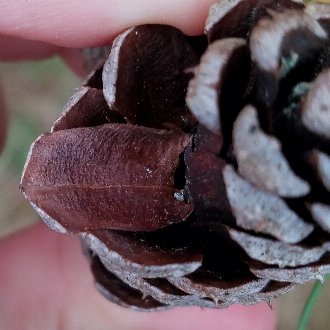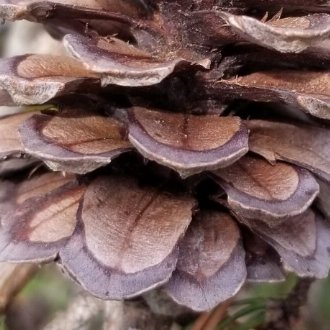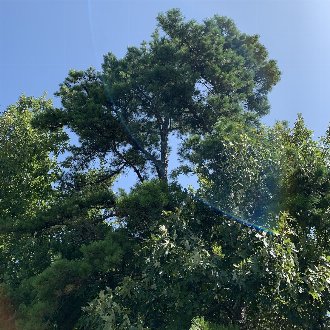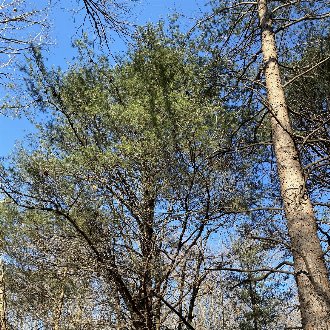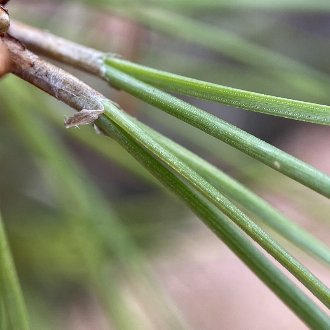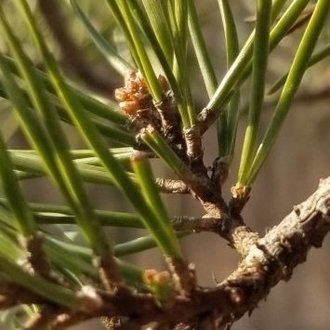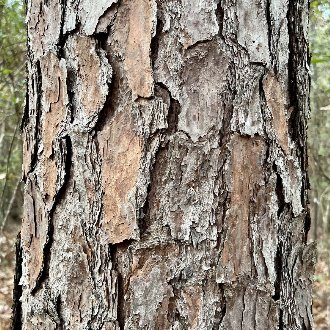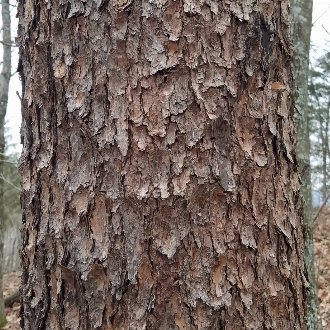Shortleaf Pine vs Virginia Pine
These pines are sometimes confused where their ranges overlap, although soil conditions usually favor one over the other. Both can occur in dry uplands, have shorter needles in bundles of 2, reddish bark, and small, persistent cones with similar dimensions. They can usually be easily distinguished by needle length, examination of the bark for the presence of resin pockets, or close examination of the cone scales on open cones. P. echinata ranges farther south and west, tends to occur on ultisols, highly leached soils, and persists longer in forests, whereas P. virginiana ranges farther north, tends to occur on spodosols and inceptisols, and can occur on higher pH soils, but is more restricted to early-successional habitats, persisting long-term only on harsh barrens.
Shortleaf Pine (Pinus echinata) | Virginia Pine (Pinus virginiana) |
A native pine of the southeastern US, growing as a pioneer species, preferring leached soils, more common on dry uplands but found in many conditions. | A short-needled pine native mostly to the Appalachians and nearby, growing as a pioneer species on dry sites in hilly terrain. |
Needles average longer (7-11cm), slightly thinner (~1mm), much thinner relative to their length, and tend to be only slightly twisted. Photo © Zihao Wang, CC BY 4.0. | Needles average shorter (2-8cm), slightly thicker (1–1.5mm), much thicker relative to their length, and tend to be strongly twisted. Photo © Siddarth Machado, CC BY 4.0. |
Plates on bark have visible resin pockets, small circular holes containing resin. Photo © Laura Clark, CC BY 4.0. | Bark plates lack resin pockets. Photo © Jeff Wilson, CC BY 4.0. |
Seed cones persist on the tree after seeds are released, but are not retained as long, and overall density of empty cones in the canopy is lower. Photo © mjpapay, CC BY 4.0. | Empty seed cones are retained longer, up to 5 years. Canopy of mature trees has a high density of empty cones. Photo © Ashwin Srinivasan, CC BY 4.0. |
Adaxial (top side when cone is pointed upwards) surfaces of cone scales, on opened cones, are a solid color and do not show any contrasting border near their edges. Photo © Leila Dasher, CC BY 4.0. | Adaxial surfaces of cone scales, on opened cones, show a strongly contrasting purple-red or purple-brown border near their edges. Photo © botanygirl, CC BY 4.0. |
Large tree, frequently to 26-36m (85-120ft), not easily overtopped by other trees. Usually persists over a canopy of other trees, often living well over 100 years. Photo © CK Kelly, CC BY 4.0. | Small tree, usually to 12-18m (40-60ft). Usually gets overtopped by other trees in a mature forest, and dies out well before 100 years. Photo © Zihao Wang, CC BY 4.0. |
Needles usually 2 per bundle, but sometimes 3, often with examples of both on the same tree. Photo © Zihao Wang, CC BY 4.0. | Needles consistently 2 per bundle. Photo © botanygirl, CC BY 4.0. |
Bark of mature trees consists of larger, more intact, flat plates, separated by fewer, wider cracks, giving a coarser-textured, blocky look at a glance. Photo © Laura Clark, CC BY 4.0. | Bark of mature trees consists of smaller, irregular scales, separated by many finer cracks, giving a finer-textured, almost shaggy look at a glance. Photo © Bob Schwartz, CC BY 4.0. |
References & External Resources
These short lists show only links helpful for ID. For a complete list of references and resources also covering other aspects of ecology, visit the links section of the full article on each plant, which is the first entry here.



